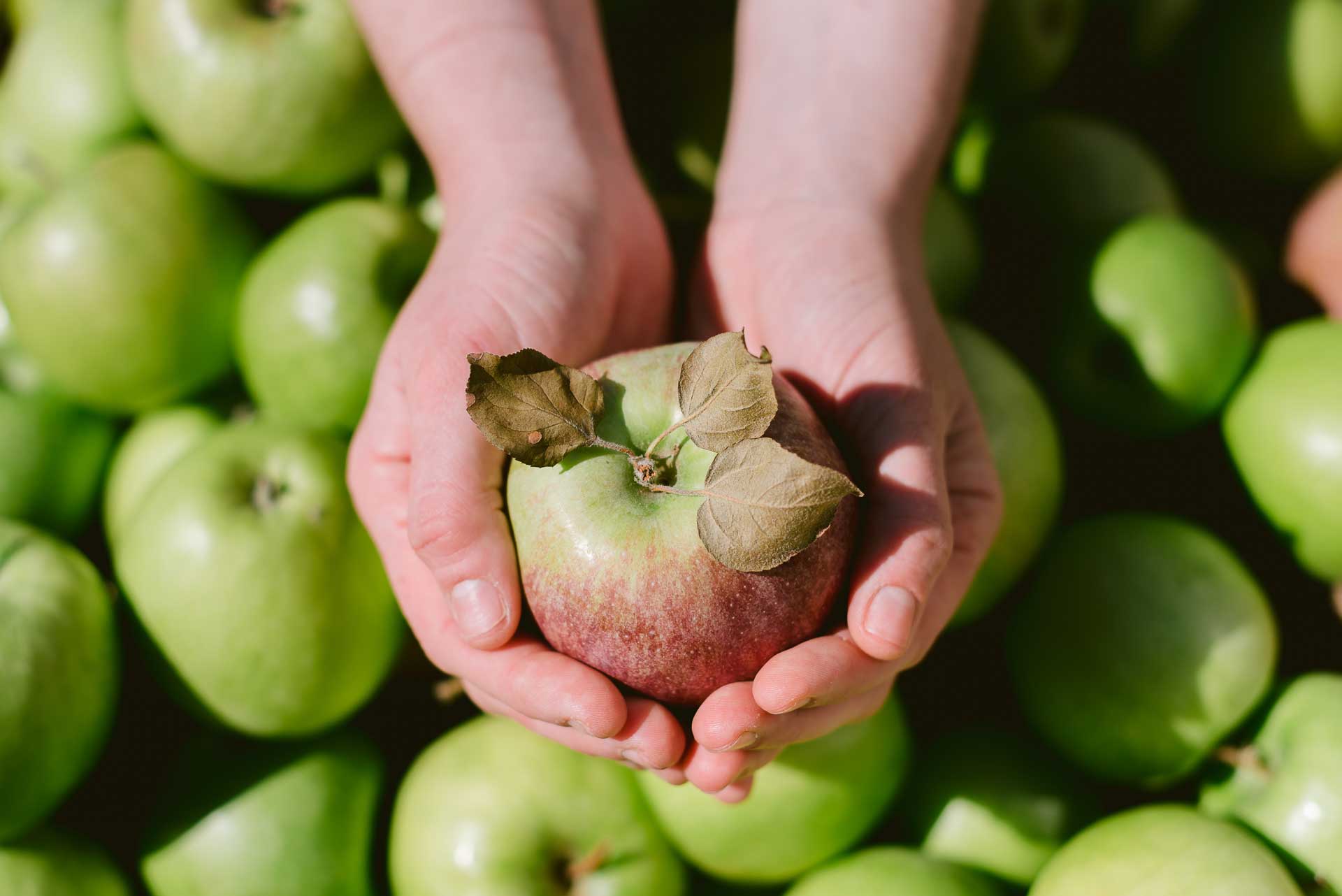Thankfully, these days people are becoming a lot more environmentally conscious, and not a moment too soon. We’ve ditched the plastic bags, are using reusable straws, and embracing eco-friendly cleaning supplies. But how many of us can say our food is sustainable? Now, this is a bigger issue than just we as individuals can tackle. But there are parts of it we can incorporate in our own daily life to help make our own small impact. Let’s learn more about sustainable food systems!
Sustainable agricultural practices
We start at the absolute beginning: growing food. Most food either comes from plants (fruits, vegetables, grains, herbs and spices) or meat and animal-derived products like eggs and milk. Sustainable growing involves practices like crop rotation to replenish nutrients to the soil (so much of the world’s soil has depleted nutrients), natural forms of pest control to eliminate or reduce the use of chemical pesticides and herbicides which make their way into food and water sources, and reduction of greenhouse gas emissions.
Sustainable food distribution
Food needs to get from the farm to your table somehow, and these days, instead of buying from the town’s general store (where the local farmer would’ve brought his goods over for sale) we’re shipping items hundreds or even thousands of miles away by boats, planes, and trucks in order to make them available.
And here’s where you can step in! Try buying locally produced goods. Check out your local farmer’s market and get some items that didn’t have to travel far to get to you. If you’re near one, check out a fish market where the fish is fresh and caught just off the coast of your city or town. Buy fruits and vegetables in season.
Sustainable diets
The 1950’s saw a rise in demand for food along with better refrigeration and cooking appliances. It was a time of increasing convenience, and demand for convenience foods increased. Prepackaged foods became more readily available and became the norm. TV dinners may not have the same appeal as they did back then, but to this day many of us tend to make use of at least some convenience food. But try adding more whole foods to your diet. You don’t have to go all out and start making your own ketchup from scratch and rolling out your own pasta (although, huge kudos to you if you do!) But small changes make a difference too! Try cutting down on meat consumption too, since producing meat leaves a greater carbon footprint than producing vegetables. Less demand for meat equals better animal husbandry practices, more space for animals to roam, which in turn results in better lives for the animals and better quality meat.
Reduction of food waste
Food waste is a huge problem in the United States. Do your own part by meal planning so you use every bit of what you’ve bought. You’ll save money, too! Try composting so even scraps are not lost. The compost can be used in your own home garden, or try looking up or try looking up organizations in your area that accept compost.
Check out some more food-related articles in my blog section!



